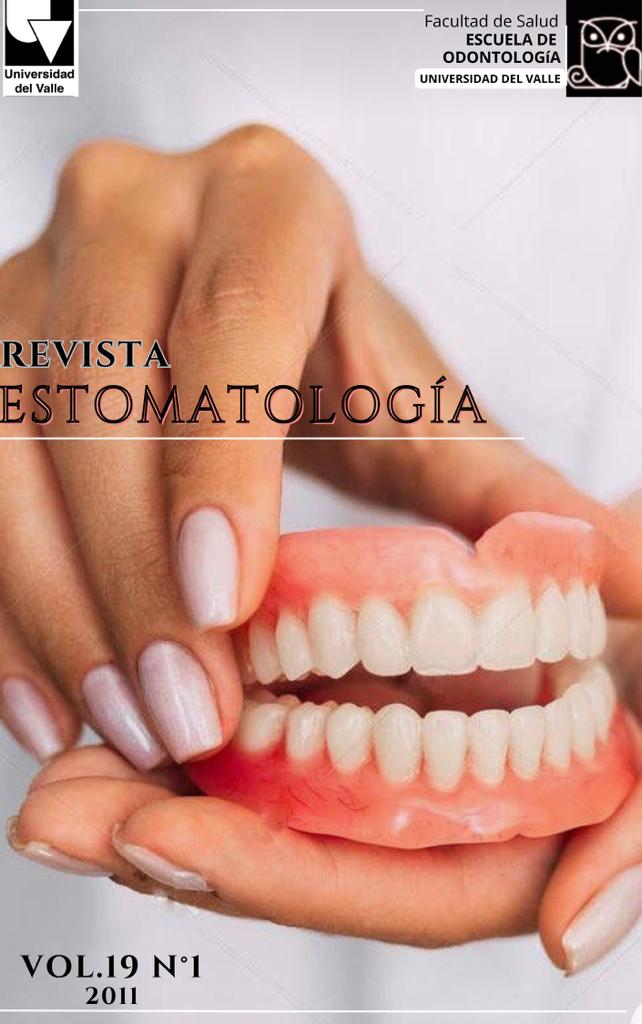Comparison of tensile properties of thermo cured acrylic resins for the preparation of denture bases
Main Article Content
SUMMARY
Objective: The purpose of this in vitro study
was to compare the tensile strength between
two materials for the manufacture of
acrylic denture bases (Veracril® from New
Stetic and SR Triplex Hot® from Ivoclar
Vivadent), and to know the mechanical
properties of materials to study that have
clinical implications.
Methods: Laboratory tests were conducted
under the technical standard of ASTM
International # D 638-03 to evaluate the
two acrylic resin materials for denture
bases, processed by pressed moulding. The
observations were made using the universal
testing machine Tinius Olsen® brand
H50KS to analyze the tensile properties
such as modulus of elasticity, elongation,
yield strength, maximum strength, energy,
effort and tensile stress between the two
materials evaluated.
Results: For the effort, maximum strength
and modulus of elasticity, high-impact
acrylic resin SR Triplex Hot® showed
higher values. With regard to the characteristics
of maximum displacement
before the fracture, elongation and energy,
conventional acrylic resin showed higher
values. The only characteristic that showed
a significant difference between the two
groups of thermo-cured acrylic resin was
the modulus of elasticity where the highimpact
acrylic resin obtained a much higher
value than conventional acrylic resin.
Conclusions: The acrylic resin SR Triplex
Hot® presents higher values in some tensile
properties, while the Veracril® shows
better in others. The only characteristic that
showed a significant difference between
the two acrylic resins was the modulus of
elasticity.
Keywords: Acrylic resin denture bases,
tensile strength, high impact acrylic resin.
Downloads
Los autores/as conservan los derechos de autor y ceden a la revista el derecho de la primera publicación, con el trabajo registrado con la licencia de atribución de Creative Commons, que permite a terceros utilizar lo publicado siempre que mencionen la autoría del trabajo y a la primera publicación en esta revista.

